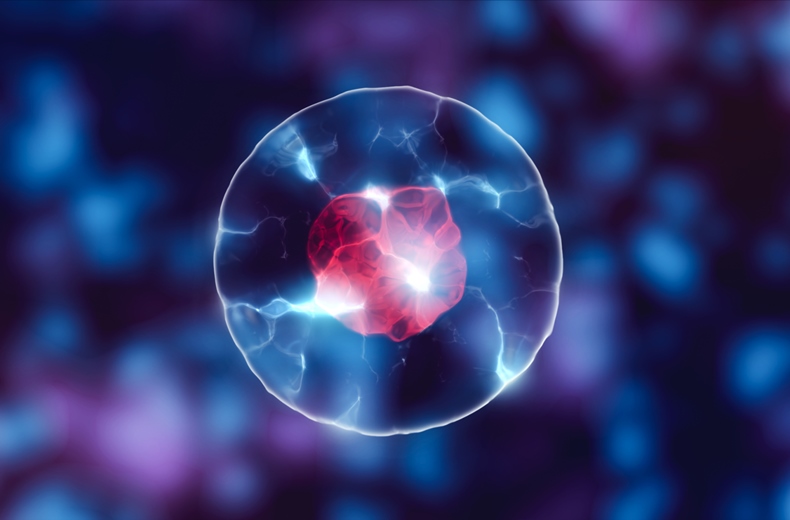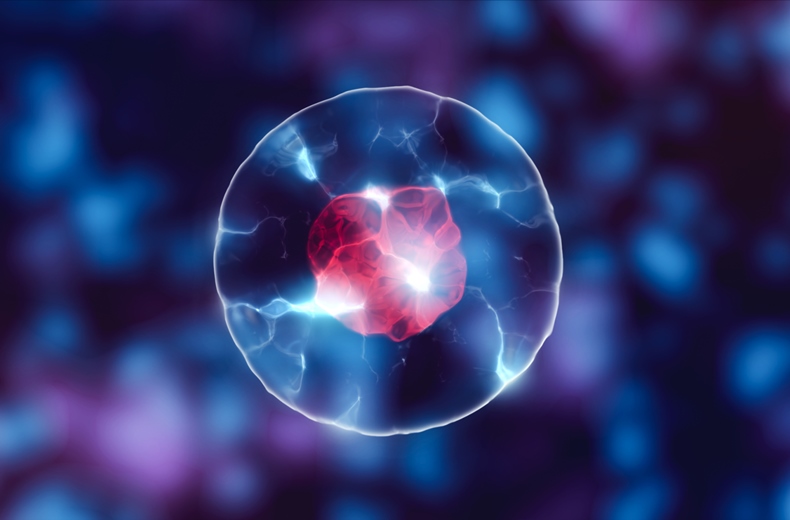
Umbilical cord blood stem cells are an important part of a field of research called Regenerative Medicine. Regenerative medicine refers to research into procedures which aim to replace, engineer, or regenerate cells, tissues or organs to restore or establish normal function. It is a relatively new area of research, with the term first being used in 1999.
There are many types of medical treatments, technologies, and areas of research included within this field. However, stem cells are clearly at the forefront, due to their incredible regenerative capabilities.
Umbilical cord blood is considered particularly useful, because it contains large numbers of haematopoietic and mesenchymal stem cells. These powerful cells can regenerate tissue and restore function to the human body.
Researchers have already successfully developed cord blood stem cell treatments for over 85 different conditions. This includes many forms of cancer, blood disorders, and metabolic disorders.
The dramatic increase in the number of treatments using stem cells has made it more likely that people will need stem cells at some point in their life. In 1997 the chances of a person needed a regenerative medicine treatment using stem cells was about 1 in 2,700. Today, there is a 1 in 3 chance that the average person will use regenerative medicine in their lifetime.
As for the number of clinical trials investigating the use of stem cells, the number of trials has risen from 5,000 to 8,000 over the past 5 years. The number of trials continues to increase at a rapid pace, as researchers learn more about the regenerative properties of stem cells.
How important is cord blood role in regenerative medicine?
It is becoming increasingly clear that cord blood will play a central role in regenerative medicine. Researchers now understand that cord blood contains billions of stem cells, including multipotent stem cells that are capable of differentiating into many forms of cells.
Multipotent cells are particularly valuable for regenerative medicine research as they can be prompted to change into several other cell types. The mesenchymal stem cells found in cord blood, for example, can be prompted to change into myocytes (muscle cells), osteoblasts (bone cells), chondrocytes (cartilage cells), and adipocytes (fat cells).
This means a researcher can potentially use stem cells to regenerate many types of tissue — treating a wide variety of injuries and diseases. Researchers have even used multipotent stem cells to grow new organs.
Umbilical cord blood stem cells also have the capacity to migrate to areas of the body that are damaged or diseased. Once they arrive, they can promote healing and reduce inflammation. This is a valuable characteristic as it can help researchers treat a wide range of inflammatory conditions.
Is cord blood currently being used in regenerative medicine?
As mentioned earlier, cord blood is already being used to treat over 80 conditions. The majority of these treatments use the cord blood’s haematopoietic stem cells, which can create new blood cells. They are often given to patients with cancer or blood disorders, to restore their ability to produce healthy white and red blood cells.
Leukaemia is one of the conditions that is often treated with cord blood stem cells. First, the patient will receive a course of chemotherapy and/or radiotherapy. While this can successfully target the cancer cells in the bone marrow, it can also kill healthy cells.
Patients can then receive a transfusion of stem cells to replace those healthy cells and restore their body’s ability to produce blood cells. This is essential for restoring immune system function after receiving high dose chemotherapy.
Stem cell transplants are also used for neuroblastoma. Mostly affecting children, neuroblastoma is a form of cancer that causes tumours which usually form on the kidneys, stomach, neck, pelvis, or bones,
Children with neuroblastoma usually benefit from an autologous stem cell transplant, which is a transplant performed using the child’s own stem cells.
Some of the other conditions that can be treated with cord blood include:
- Lymphoma
- Sickle Cell Anaemia
- Acute Lymphoblastic Leukemia (ALL)
- Acute Myeloid Leukemia (AML)
- Chronic Myeloid Leukemia (CML)
- Dyskeratosis Congenita
- Evan’s Syndrome
- Fanconi Anemia
- Gunther Disease
- Hermansky-Pudlak Syndrome
- Hunter Syndrome
- Severe Combined Immunodeficiency
New uses of cord blood in regenerative medicine
There are now thousands of clinical studies underway where researchers are testing the ability of stem cells to treat injuries and disease. Many of the conditions being researched are currently incurable, like macular degeneration, hearing loss, type 1 diabetes, and brain injuries.
Initial results from many of the ongoing trials have been extremely positive. This has spurred on activity amongst scientists and led to the dramatic increase in cord blood stem cell research in the past decade.
To learn more about regenerative medicine or preserving your child’s stem cells using cord banking, speak to one of our specialists on +971 4 3116613.
{{cta(‘7d7cc8da-ed20-48a8-8ef3-e2429767260f’)}}


